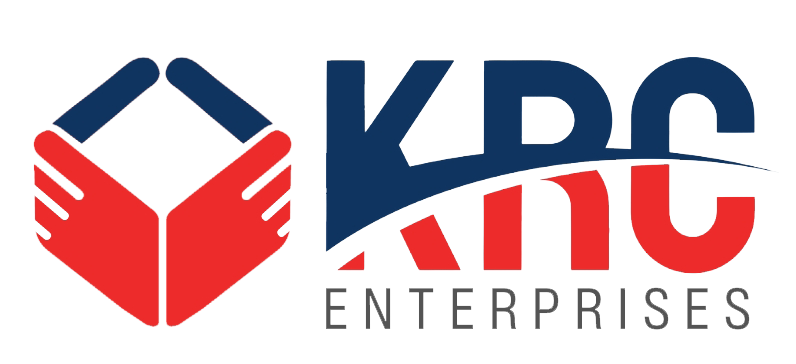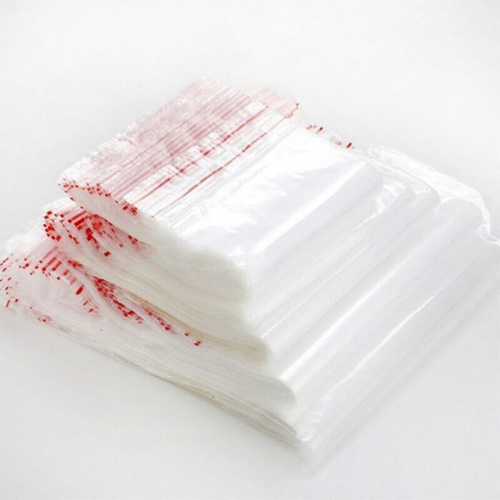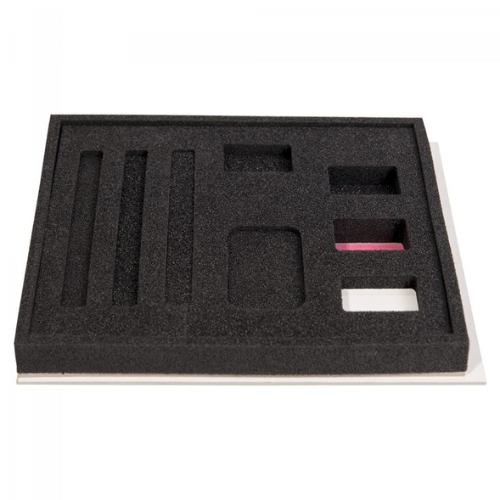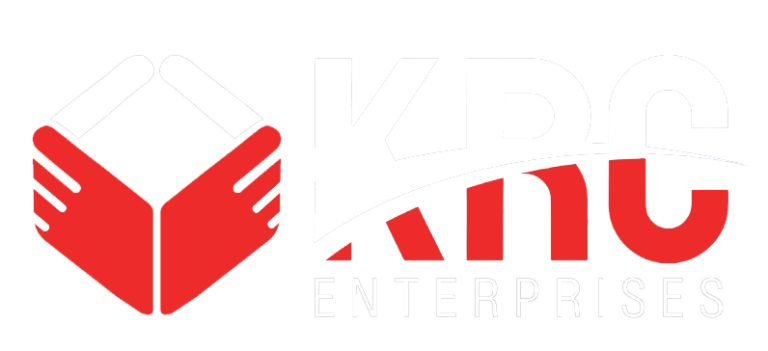Role of EVA Foam Die Cut in the Engineering Industry
EVA (Ethylene Vinyl Acetate) foam die cut components are extensively used across the engineering industry as versatile, lightweight, and cost-effective solutions for sealing, cushioning, and insulation. Known for their excellent shock absorption, flexibility, and chemical resistance, EVA foam die cuts deliver reliable performance in diverse engineering applications. The precision of die-cutting ensures consistent shapes and easy integration into assemblies. With customizable, durable, and lightweight properties, EVA foam die cut parts support operational efficiency, product protection, and enhanced performance in demanding environments. Click Here To View Product Detail.

Key Applications of EVA Foam Die Cut in the Engineering Industry
Sealing & Insulation
EVA foam die cuts provide effective sealing against air, moisture, dust, and vibrations, making them ideal for enclosures, machinery, and structural joints.
Shock Absorption & Vibration Dampening
EVA foam’s excellent cushioning properties protect delicate engineering components, reduce wear, and extend the lifespan of assemblies. Click Here To View Product.
Chemical & Moisture Resistance
Resistant to oils, greases, and a variety of chemicals, EVA foam protects components in industrial and outdoor environments.
Custom Fit for Engineering Designs
Die-cutting allows EVA foam to be precisely shaped to fit complex geometries, ensuring seamless integration into assembly lines and maintenance operations.
Lightweight & Energy Efficient
EVA foam reduces overall assembly weight, contributing to energy-efficient systems and easier handling. Click Here To View Product.
Eco-Friendly & Reusable
EVA foam is recyclable, durable, and long-lasting, supporting sustainable engineering practices and reducing material waste.

Significance of EVA Foam Die Cut in Engineering Workflows
EVA foam die cuts are essential in engineering for their protective, cushioning, and insulating properties. They help reduce vibration-related failures, improve operational efficiency, and enable precise component integration. With resistance to chemicals, flexibility, and easy customization, EVA foam die cuts serve both industrial machinery and consumer engineering applications. For manufacturers and suppliers, EVA foam die cut solutions provide reliable, sustainable, and cost-effective operational benefits. Click Here To View Product.
Best Practices When Using EVA Foam Die Cut in Engineering
- Select foam thickness and density based on cushioning, sealing, or insulation requirements.
- Combine with adhesives, tapes, or mechanical fasteners for secure placement.
- Store in a clean, dry environment to maintain performance and durability.
- Utilize multi-layer die cuts for enhanced shock absorption, sealing, or thermal insulation.
- Reuse and recycle EVA foam parts whenever possible to support sustainability and reduce costs. Click Here To View Product.

Conclusion: Enhancing Engineering Applications with EVA Foam Die Cut Solutions
EVA foam die cut components deliver flexibility, durability, and precision for engineering applications. With excellent shock absorption, sealing, and chemical resistance, they protect machinery, assemblies, and enclosures effectively. Their lightweight, customizable, and recyclable properties make EVA foam die cuts a sustainable and efficient choice for modern engineering workflows.





